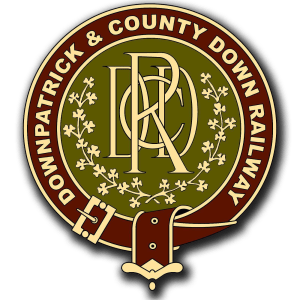| At a glance: | |
|---|---|
| Builder: | Belfast & County Down Railway (Queen's Quay Works) |
| Build date: | 1918 |
| Original company: | Belfast & County Down Railway |
| Withdrawal date: | 1959 |
| Final company: | Ulster Transport Authority |
| Arrived at DCDR: | 1986 |
| Current status: | Museum display |
| Current owner: | DCDR |
Irish railway companies had a unique fondness for six-wheeled passenger carriages right up to the mid-20th century, while in Britain and elsewhere the practice of building longer ‘bogie’ carriages resting on pivoted trucks had prevailed since around the 1910s. The Belfast & County Down Railway, which operated as a commuter railway in our local area, was particularly prolific in the use of these quaint little carriages. No. 154 – one of the last to be built- shows how this archaic design had developed from open-topped wagons almost a century earlier to large, high-density coaches which sat 56 second-class passengers. It worked on the BCDR system until the very end of the 1950s when diesel railcars were being introduced.
Following withdrawal, BCDR carriages were jacked up from of their underframes and their bodies auctioned off for various uses including material for firewood and as ready-made farm sheds. This particular example made its way to Dunmore (near Spa) where it was used as a henhouse until preserved by the then-Downpatrick and Ardglass Railway in 1984. The coach was then moved to the technical college in Newcastle where some initial work was undertaken, but after some vandals smashed its windows it was moved to our base of operations in Downpatrick. Unfortunately 154 requires an unusually long underframe, meaning that it will be on display as an illustration of our stock pre-restoration for the foreseeable future.
